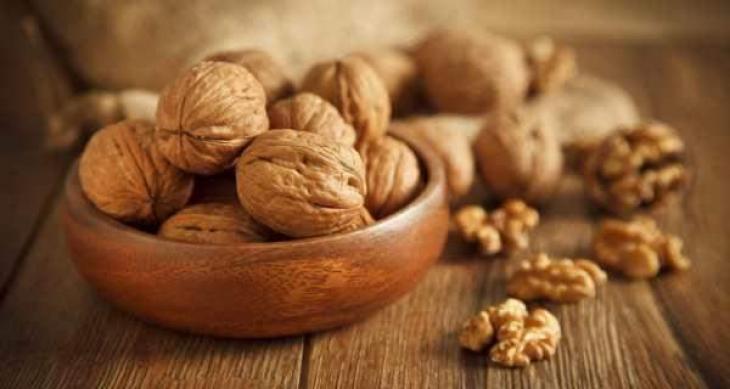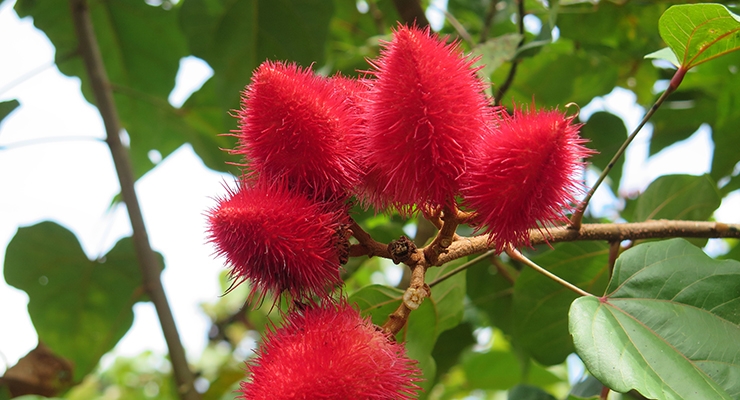Want to Slow Aging and reduce weight naturally? Then start eating foods rich in Vitamin E. These foods are not only rich source of antioxidants but also prevent free radical damage to specific fats in the body that are critical for your health. Vitamin E is found only in plant foods, including certain oils, nuts, grains, fruits and wheat germ. It is also available as a supplement.







